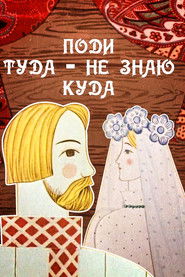detail profile yuri norstein
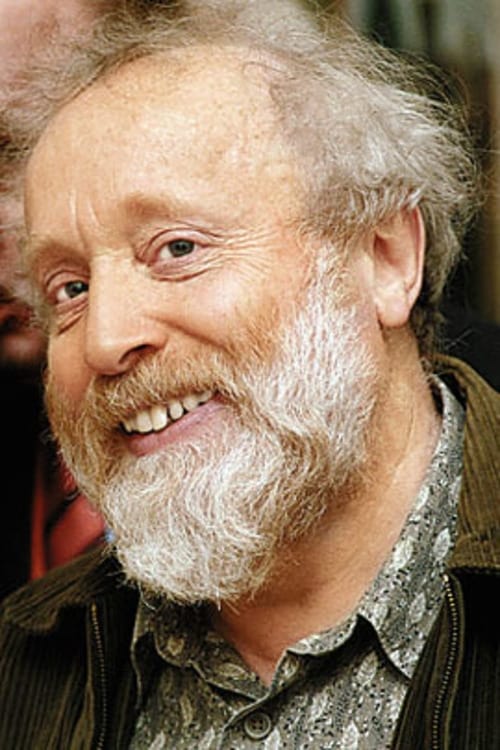
Yuri Norstein
Yuri Norstein
atau dikenal sebagai
Riwayat Hidup
PAR Yuri Norstein (Russian: Ю́рий Бори́сович Норште́йн, Yuriy Borisovich Norshteyn; born 15 September 1941), is a Soviet and Russian animator best known for his animated shorts, Hedgehog in the Fog and Tale of Tales.
Since 1981 he has been working on a feature film called The Overcoat, based on the short story by Nikolai Gogol of the same name.
According to the Washington Post, "He is considered by many to be not just the best animator of his era, but the best of all time".
Yuri Norstein was born to a Jewish family in the village of Andreyevka, Penza Oblast, during his parents' World War II evacuation.
He grew up in the Maryina Roshcha suburb of Moscow.
After studying at an art school, Norstein initially found work at a furniture factory.
Then he finished a two-year animation course and found employment at studio Soyuzmultfilm in 1961.
The first film that he participated in as an animator was Who Said "Meow"? (1962).
After working as an animation artist in some fifty films, Norstein got the chance to direct his own.
In 1968 he debuted with 25th October, the First Day, sharing directorial credit with Arkadiy Tyurin.
The film used the artwork of 1920s-era Soviet artists Nathan Altman and Kuzma Petrov-Vodkin.
The next film in which he had a major role was The Battle of Kerzhenets (1971), a co-production with Russian animation director Ivan Ivanov-Vano under whose direction Norstein had earlier worked on 1969's Times of the Year.
Throughout the 1970s Norstein continued to work as an animator in many films, and also directed several.
As the decade progressed his animation style became ever more sophisticated, looking less like flat cut-outs and more like smoothly-moving paintings or sophisticated pencil sketches.
His most famous film is Tale of Tales, a non-linear, autobiographical film about growing up in the postwar Soviet world.
Norstein uses a special technique in his animation, involving multiple glass planes to give his animation a three-dimensional look.
The camera is placed at the top looking down on a series of glass planes about a meter deep (one every 25–30 cm).
The individual glass planes can move horizontally as well as toward and away from the camera (to give the effect of a character moving closer or further away).
For many years he has collaborated with his wife, the artist Francheska Yarbusova, and the cinematographer Aleksandr Zhukovskiy.
Source: Wikipedia
Info Pribadi
Peran Yang Di Mainkan Yuri Norstein
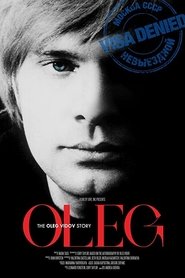 Oleg Vidov one of the Soviet...
Oleg Vidov one of the Soviet...Oleg: The Oleg Vidov Story 2021
Oleg Vidov — one of the Soviet Union's most beloved actors — was persecuted, blacklisted and pushed to the breaking point before escaping to the West and achieving the American dream.
 A documentary about the Ghibli Museum...
A documentary about the Ghibli Museum...Hayao Miyazaki and the Ghibli Museum 2005
A documentary about the Ghibli Museum. It features Goro Miyazaki speaking with Isao Takahata about the "charm" of the museum and its various influences. Goro tours the viewer around the museum, explaining the intricate details that his father, Hayao Miyazaki made during its construction. The documentary highlights the strong European influences in the museum's architecture, featuring footage of the medieval mountainous city of Calcata in Italy and the historic port city of Genoa, which Miyazaki had visited in the past. These trips would go on to influencing the imagery seen in Castle in the Sky, Kiki's Delivery Service, Porco Rosso, and Spirited Away.
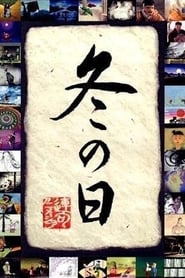 Winter Days is a 2003 animated film...
Winter Days is a 2003 animated film...Winter Days 2003
Winter Days is a 2003 animated film, directed by Kihachirō Kawamoto. It is based on one of the renku (collaborative linked poems) in the 1684 collection of the same name by the 17th-century Japanese poet Bashō. The creation of the film followed the traditional collaborative nature of the source material – the visuals for each of the 36 stanzas were independently created by 35 different animators. As well as many Japanese animators, Kawamoto assembled leading names of animation from across the world. Each animator was asked to contribute at least 30 seconds to illustrate their stanza, and most of the sequences are under a minute (Yuriy Norshteyn's, though, is nearly two minutes long).
 This is a somewhat ironic but...
This is a somewhat ironic but...Olympians 1982
This is a somewhat ironic, but very informative story about the origin, development and decline of the Greek Olympiad tradition, set out with the help of an off-screen commentary read by Z. Gerdt. Ancient history is described in great detail and exciting. In the graphic decision, artists were guided by the ancient Greek monuments, first of all - vase paintings, stylized for them and characters, and decorations, up to imitation cracks. In the film there are a lot of full-scale shots, and in particular it is interesting to frame the photographs of the bas-reliefs of the Pergamon altar shot by Yuriy Norshtein. The film ends with documentary shots of the opening of the Olympics-80 in Moscow.
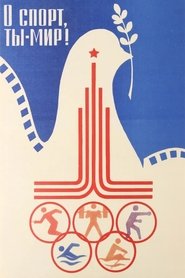 A 1981 documentary film directed by Yuri...
A 1981 documentary film directed by Yuri...O Sport, You Are Peace! 1981
A 1981 documentary film directed by Yuri Ozerov. It showed the opening and closing ceremonies of the 1980 Summer Olympics held in Moscow. The director was awarded the State Prize of the USSR in 1982. The film was selected as the Soviet entry for the Best Foreign Language Film at the 54th Academy Awards, but was not accepted as a nominee.
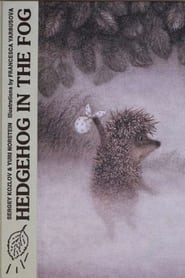 A little hedgehog on the way...
A little hedgehog on the way...Hedgehog in the Fog 1975
A little hedgehog, on the way to visit his friend the bear, gets lost in thick fog, where horses, dogs and even falling leaves take on a terrifying new aspect...
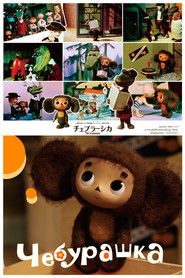 Second animation about Gena and Cheburashka...
Second animation about Gena and Cheburashka...Cheburashka 1971
Second animation about Gena and Cheburashka. Cheburashka wishes Gena the Crocodile a happy birthday and gives him a toy helicopter as a gift. After meeting some pioneers, they decide to be pioneers themselves. They build a playground for the local children and collect scrap metal, after which they become pioneers.
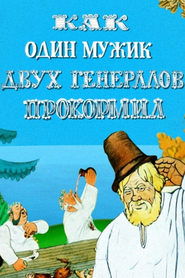 The screen version of the SaltykovShchedrin...
The screen version of the SaltykovShchedrin...How One Peasant Fed Two Generals 1965
The screen version of the Saltykov-Shchedrin tale about how two complacent generals miraculously found themselves on an uninhabited island. How a peasant was courting the generals, feeding and dressing them, content himself with crumbs from their table. They only slightly thanked him, but in the end they gave him only glass of vodka and a penny of silver.
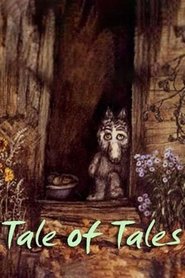 Distant wellworn memories of childhood are...
Distant wellworn memories of childhood are...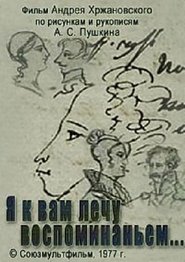 The film is based on the...
The film is based on the... Animated short about a love between...
Animated short about a love between... One day the Cuckoo left the...
One day the Cuckoo left the...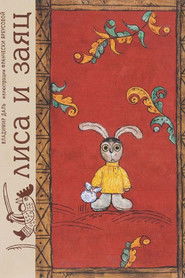 Hare enlists four brave friends to...
Hare enlists four brave friends to...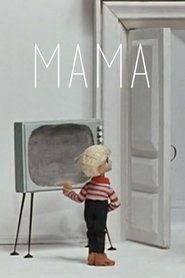 A poetic novel for adults about...
A poetic novel for adults about...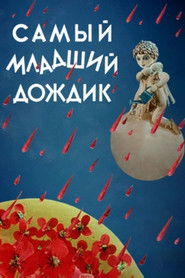 About a little rain that did...
About a little rain that did... A cartoon about beavers whose school...
A cartoon about beavers whose school...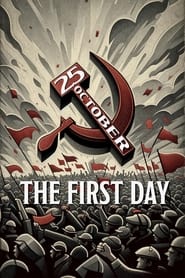 A short film made by Yuri...
A short film made by Yuri...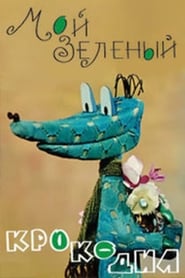 A green crocodile who loves flowers...
A green crocodile who loves flowers...